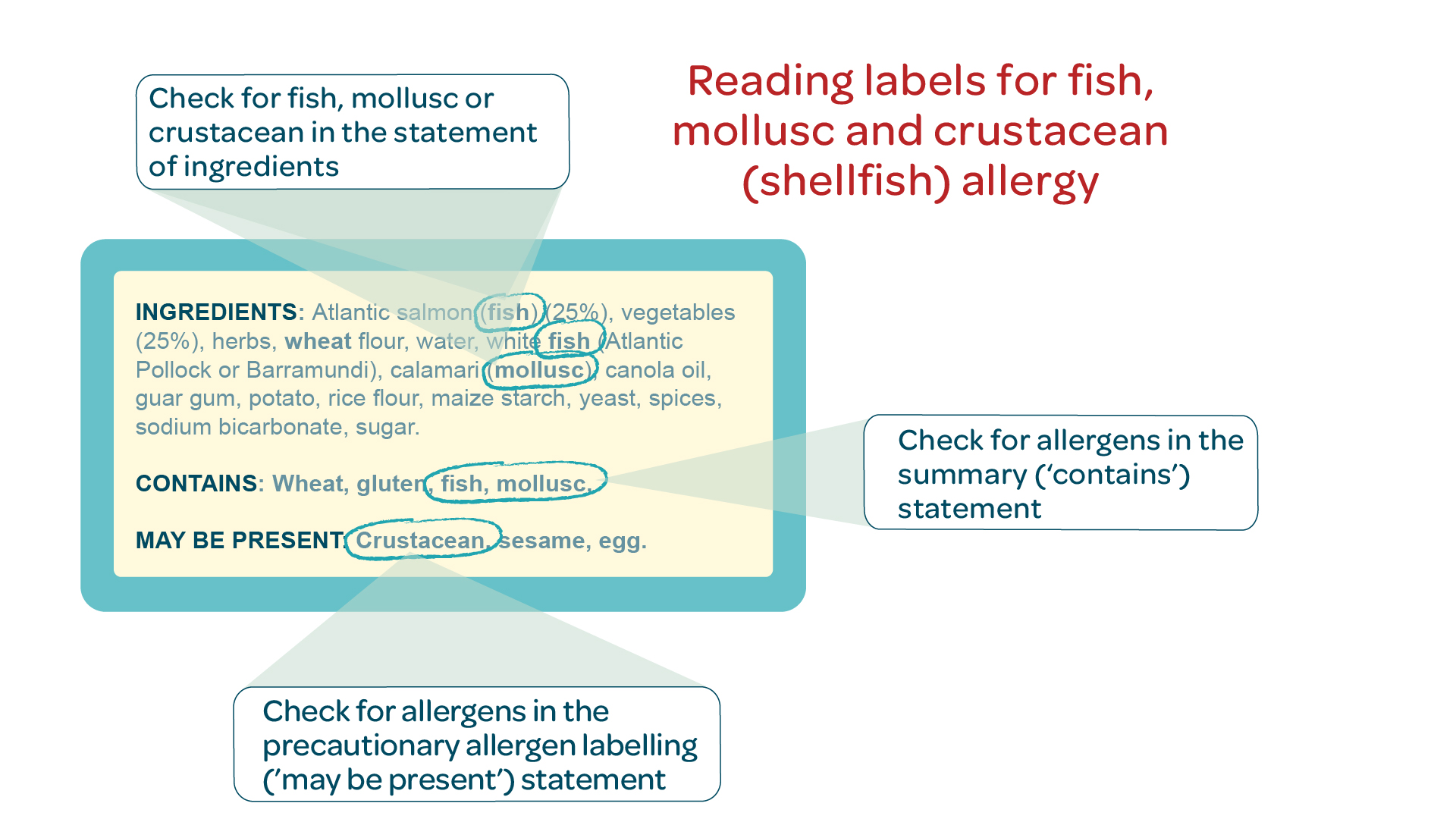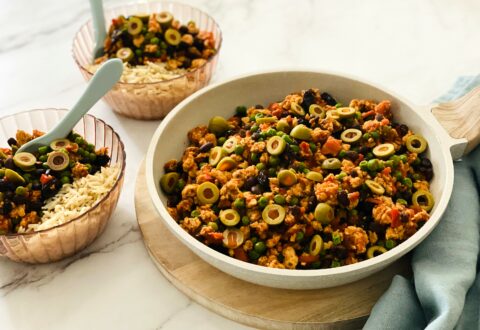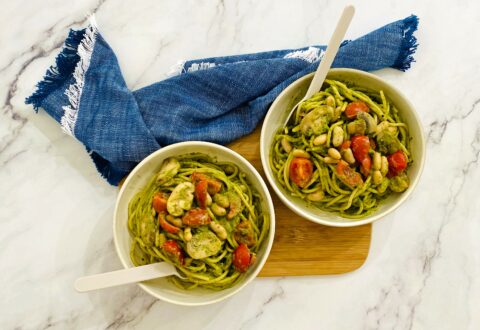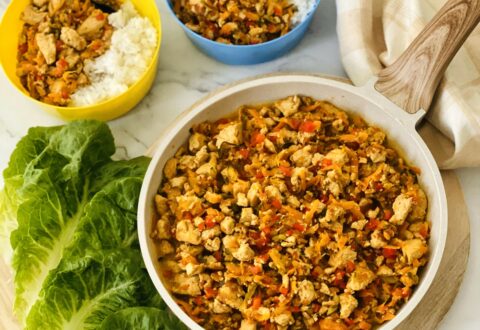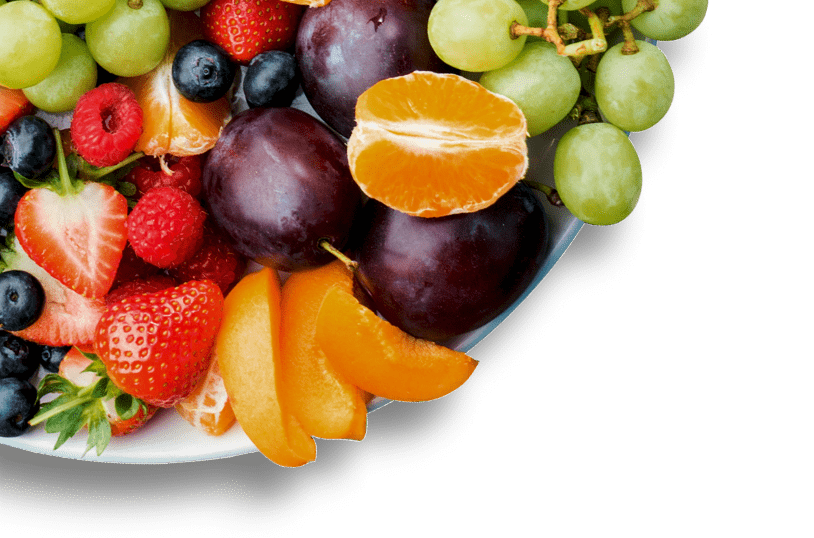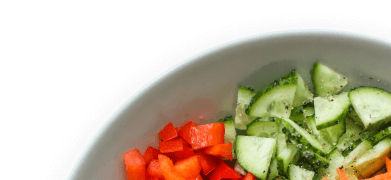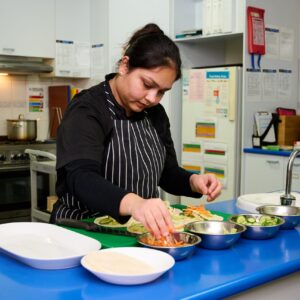Fish, crustacean and mollusc allergy
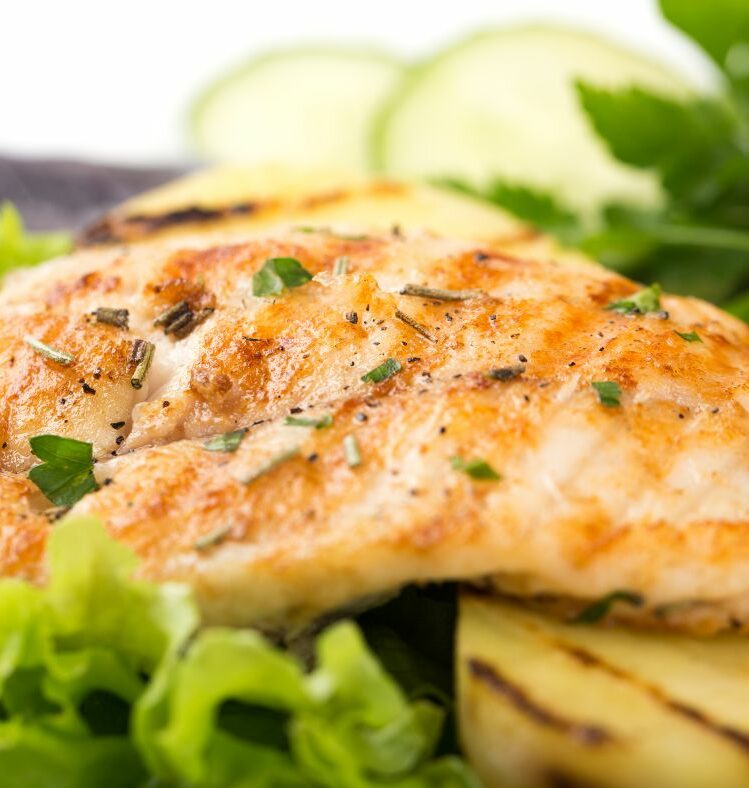
This resource is available as a downloadable file in following languages:
Key Information
- Children with allergies to fish, crustaceans, or molluscs must
avoid these foods and food products which contain them as an ingredient. - Sometimes, when fish and other seafood are being cooked, the proteins can be released into the air and cause an allergic reaction. Check with the child’s parents or carers if this is a problem for their child.This is only a problem for fish and other seafood – children with other food allergies rarely react when they breathe fumes from the food they are allergic to when it is being cooked.
- Fish, crustaceans, or molluscs can be an ingredient in packaged foods such as fish sauce, breadcrumbs, some dips, salad dressings, oyster sauce, fish stock, prawn crackers, and marinara sauce.
Providing food and drinks to children with fish, crustacean, or mollusc allergy
This fact sheet is for cooks and chefs working in children’s education and care.
All food allergies must be taken seriously, and staff should know how to manage an allergic reaction. For information and guidance about managing food allergy, see the National Allergy Council’s Best Practice guidelines for anaphylaxis prevention and management in children’s education and care.
For more information on preparing and serving food for children with food allergies, complete the National Allergy Council’s All about Allergens for Children’s education and care course and download the National Allergy Council’s All about Allergens for Children’s education and care booklet.
The Healthy Eating Advisory Service course, Managing allergies and other dietary requirements in children’s education and care, should then be completed. You will find a micro-module specific to managing fish, crustaceans, and mollusc allergy within this course.
Reading food labels for fish, crustacean and mollusc allergy
It is important to check the labels of all packaged foods for fish, crustaceans, or molluscs as an ingredient.
You should also check for precautionary allergen labelling for fish, crustaceans, or molluscs, for example ‘may be present’ or ‘may contain’ statements.
These products must not be given to children with fish, crustaceans or mollusc allergy.
If you notice a food does not have a label, ask the supplier for a product information form.
You should read food labels for fish, crustaceans or molluscs each time you purchase the product, when it is delivered, and when you serve the food or before you use it in cooking for a child with fish, crustacean or mollusc allergy.
For more information, refer to the National Allergy Council’s Reading food labels for food allergens section of the Food Allergy Aware website.
Below are some examples of different types of fish, crustaceans, or molluscs which may be used in children’s education and care services, and products that may contain these as ingredients.
| Foods containing or likely to contain fish, crustaceans, or molluscs | |
|---|---|
| Packaged foods | • Fish sauce • Worcestershire sauce • Oyster sauce • Fish stock • Marinara sauce • Salad dressings • Some dips • Prawn crackers • Breadcrumbs |
| Fish | • Tuna • Salmon • Barramundi • Bass • Flake • Whiting • Anchovy |
| Crustaceans | • Crab • Prawns • Shrimp • Lobster |
| Molluscs | • Calamari • Mussels • Octopus • Oysters • Scallops • Squid |
Planning meals for children with fish, crustacean, or mollusc allergy
Replacing fish, crustaceans, or molluscs on your menu
Fish, crustaceans and molluscs contain important nutrients for children’s growth and development such as protein, fat, and other vitamins and minerals. They should not be removed from the menu of a long day care centre, unless there is a child who reacts to fish, crustaceans and molluscs when they are being cooked.
When replacing fish, crustaceans, or molluscs on your menu, remember to check if children have other food allergies. Check that the replacement does not contain those allergens.
For food swap ideas, see the National Allergy Council’s Ingredient Substitution Tool for foods you can use to replace fish, crustaceans or molluscs in recipes.
How to change recipes
Here are some examples of how to change recipes for fish, crustacean or mollusc allergies. If a separate meal is required, make meals for children with allergies look like meals served to the rest of the children. This way children with allergies will feel included at mealtimes.
| Recipe | Modification to recipe | Suggested Recipe |
|---|---|---|
| Fish curry | • Swap fish for another meat such as beef, chicken, lamb or pork. • For vegetarian meals, tofu, legumes, or chickpeas could be used instead. | Sri Lankan Chicken Curry with Coconut Rice African Kidney Bean Curry |
| Tuna pasta | • Fish, crustaceans, and molluscs can be replaced with another food from the ‘meat and meat alternatives’ food group. • This includes using beef, pork, lamb or chicken. • For vegetarian meals, tofu, lentils, legumes, or chickpeas could be used instead. | Chicken Alfredo Pasta Warrigal Greens Pesto Spaghetti |
| Tuna patties | • Swap tuna patties for falafels | Falafel balls with tzatziki dip |
| Fish or oyster sauce | • Swap for soy sauce or use a vegan fish sauce. |
Storing, making, and serving food for children with fish, crustacean and mollusc allergy
Children with fish, crustaceans or mollusc allergy can react to very small amounts in their food.
Make sure you have good food allergen management processes to prevent the risk of cross contamination from foods that fish, crustaceans or molluscs.
This includes:
- cleaning surfaces and equipment
- storing food safely for allergies
- preventing cross contamination of food allergens during cooking and serving
- washing hands or changing gloves in between handling different foods.
More helpful resources and information
For more information see the National Allergy Council’s All About Allergens training for Children’s education and care and All about Allergens for Children’s education and care booklet, and the Healthy Eating Advisory Services Managing allergies and other dietary requirements in children’s education and care online course.
Further information and support
Healthy Eating Advisory Service:
- Early childhood services
- Recipes
- Menu planning guidelines for long day care
- Online module: fish, crustacean and mollusc allergy
National Allergy Council:
- All About Allergens training for Children’s education and care
- All about Allergens Resource Hub (Children’s Education and Care section)
For more information please phone 1300 22 52 88 or email heas@nnf.org.au
Except where otherwise indicated, the images in this document show models and illustrative settings only, and do not necessarily depict actual services, facilities or recipients of services. This document may contain images of deceased Aboriginal and Torres Strait Islander peoples. In this document, ‘Aboriginal’ refers to both Aboriginal and Torres Strait Islander people. ‘Indigenous’ or ‘Koori/Koorie’ is retained when part of the title of a report, program or quotation. Copyright © State of Victoria 2016
Written and reviewed by dietitians and nutritionists at National Nutrition Foundation, with support from the Victorian Government.

Featured Recipes
Explore all recipes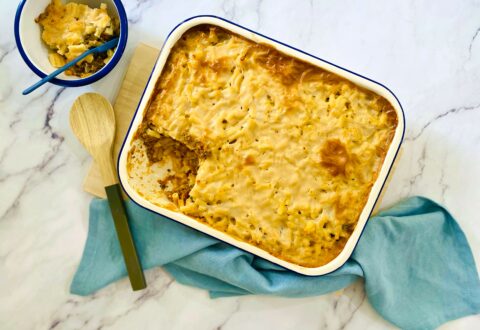
Register your interest
"*" indicates required fields


